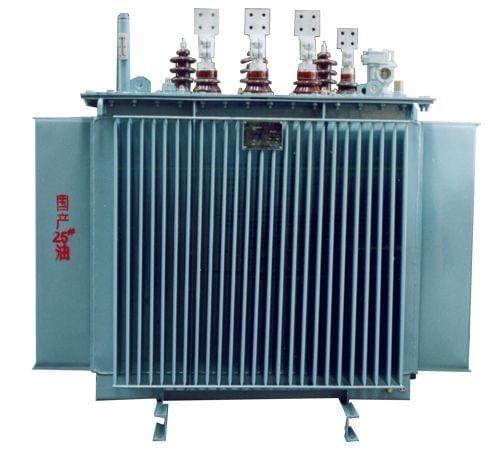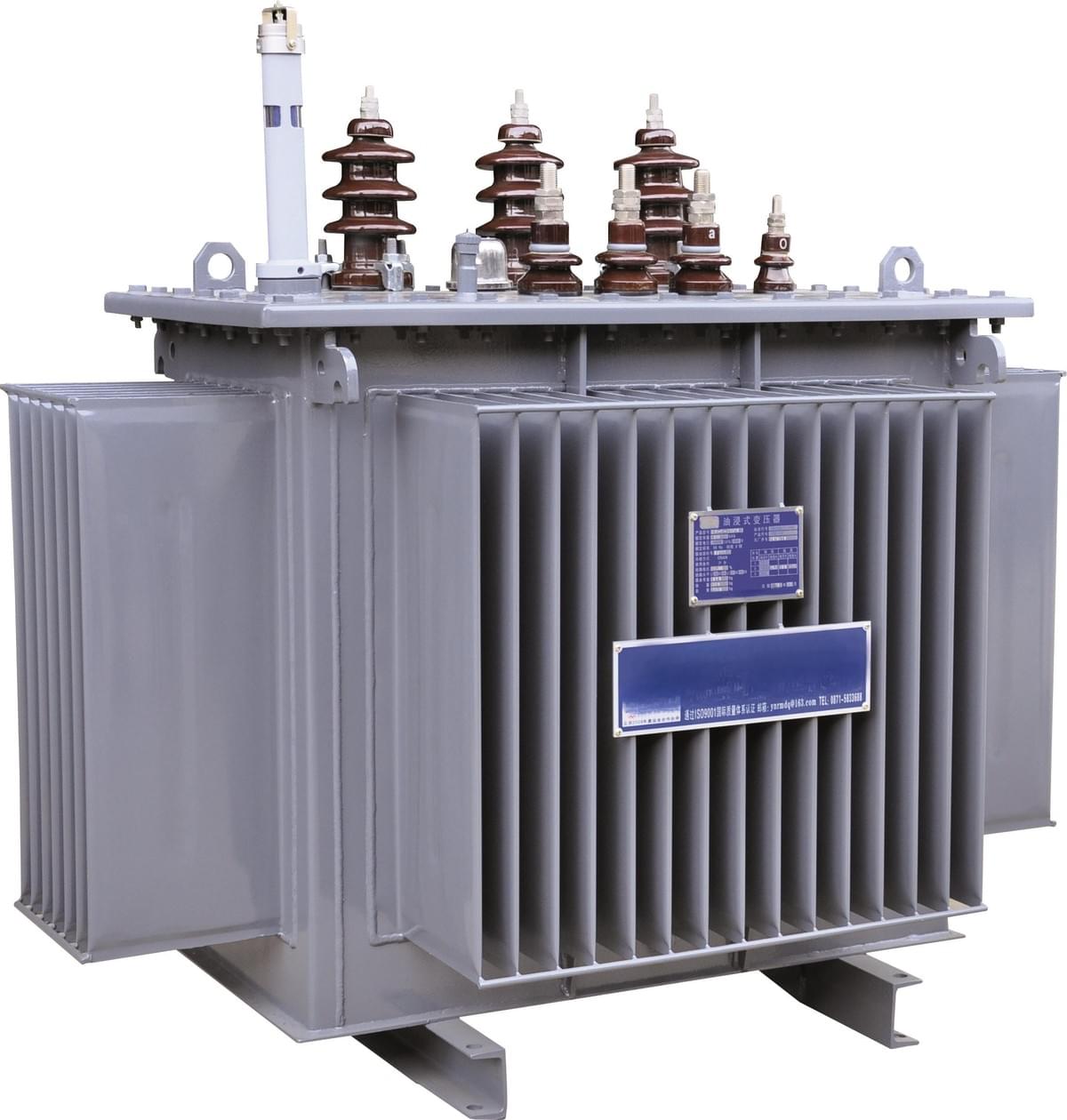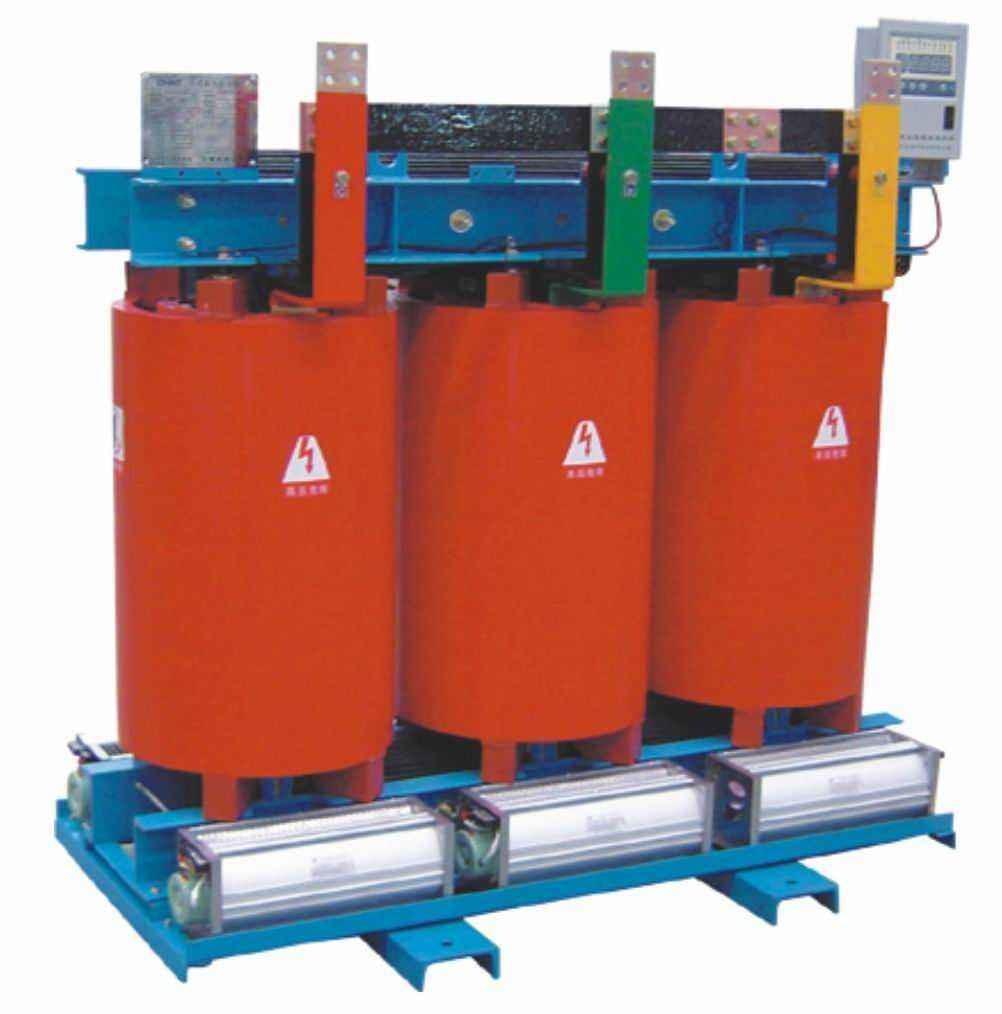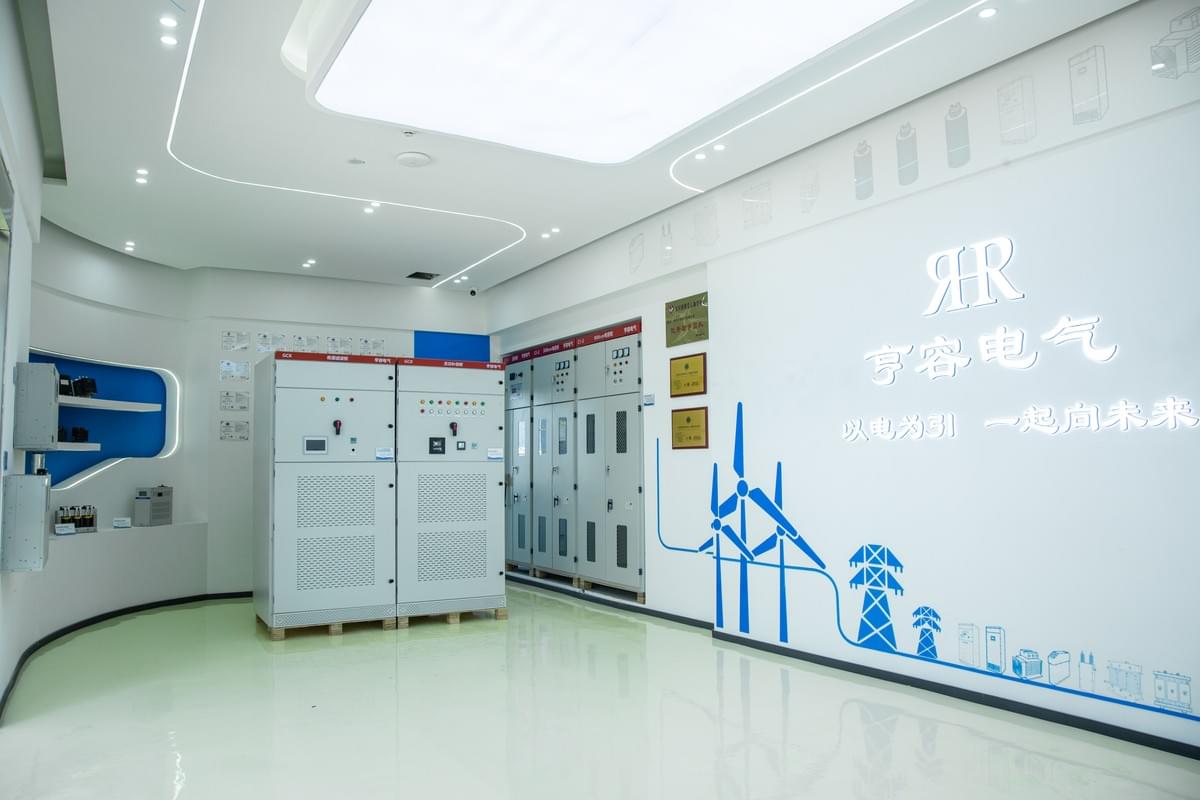In modern power systems, high-voltage oil-immersed transformers are among the most critical pieces of equipment. They enable voltage step-up or step-down based on the principle of electromagnetic induction, ensuring a stable power supply for various electrical loads. Whether in large-scale factories, mines, or urban power grids, transformers serve as core components for sustaining safe production and efficient operation.
Compared with dry-type transformers, oil-immersed transformers offer superior heat dissipation, stronger short-circuit withstand capacity, and higher operational reliability, making them widely used in high-voltage power distribution scenarios. However, it is important to note that even the most advanced transformers may develop faults during long-term operation due to the influence of environmental factors, insulation conditions, load variations, and operational practices. To help enterprises mitigate operational risks, this article provides a systematic overview of high-voltage oil-immersed transformers, covering their structural features, common faults, preventive strategies, and intelligent management approaches.

I. Structure and Function of Transformers
The basic structure of an oil-immersed transformer comprises a core, windings, an oil tank, a tap changer, insulating bushings, a gas relay, and an oil conservator. Among these components, the windings and core are the core elements of the transformer and are also the parts most susceptible to damage caused by electrical and thermal stresses.
During operation, the transformer converts high voltage to the low voltage required by users (e.g., from 10kV to 400V) through electromagnetic induction. This process not only ensures the safety of the power supply but also enhances energy utilization efficiency. For this reason, transformers are often referred to as the "heart" of power supply and distribution systems. Any malfunction in this "heart" will inevitably impact the entire power system, potentially leading to cascading power outages and equipment damage.
II. Common Fault Types of Transformers
1. Winding Faults of Transformers
Winding faults are the most prevalent issues in oil-immersed transformers, manifesting as joint open-circuit due to welding failure, phase-to-phase short circuits, ground faults, and inter-turn short circuits. The common causes of these faults are as follows:
- Insulation aging: Prolonged operation under high temperatures or overload conditions leads to the gradual degradation of insulating paper.
- Non-standard manufacturing or maintenance: Localized insulation damage incurred during manufacturing or maintenance gradually worsens during operation, eventually resulting in faults.
- Moisture ingress: Humid environments cause the windings to absorb moisture, and blockages in oil ducts further trigger insulation failures.
2. Bushing Faults of Transformers
The insulating bushings of transformers are exposed to the air for extended periods, and their performance degrades due to contamination accumulation and aging. This degradation can lead to pollution flashover, which often causes phase-to-phase short circuits or single-phase grounding faults in the transformer, posing a significant safety hazard.
3. Leakage Faults of Transformers
Leakage faults in transformers are typically caused by seal failure or weld cracking. Oil leakage not only results in a drop in oil level but also impairs the transformer's heat dissipation and insulation performance. In severe cases, it may even force the transformer to shut down.
4. Overvoltage Faults of Transformers
Overvoltage surges, which can be induced by lightning strikes, electromagnetic oscillations, or abnormal parameters in the power system, can damage the insulation of transformers. Such faults are characterized by their sudden occurrence and high destructive potential, representing a critical risk during transformer operation.
5. Live Enclosure Fault of Transformers
In some instances, the transformer enclosure may become energized. This issue is usually caused by internal leakage currents, bushing defects, or poor contact of leads within the transformer. Live enclosures not only pose a threat to the transformer itself but also create a severe risk to personnel safety.

III. Preventive and Handling Measures for Transformers
1. Strengthen Sealing and Prevent Leakage of Transformers
Before commissioning a transformer, a rigorous tightness test must be conducted to ensure the integrity of the oil tank and seals. If any leakage is detected, the transformer must be immediately taken out of service for repair. Leakage points should be sealed, and oil should be refilled to restore the transformer to its normal oil level.
2. Regular Inspection and Moisture Prevention for Transformers
After the thunderstorm season, special attention should be paid to checking for moisture ingress inside the transformer. For transformers with mild moisture contamination, prompt measures must be taken to prevent further degradation of the insulation system.
3. Bushing Cleaning and Maintenance for Transformers
Transformer bushings should be cleaned regularly to prevent pollution-induced flashover. At the same time, inspections should be carried out to check for cracks or defects in the porcelain bushings, ensuring their insulation performance remains intact.
4. Parameter Monitoring and Comparison for Transformers
Testing equipment should be used to record the transformer's operating parameters (such as leakage current, oil temperature, and oil level) regularly. These recorded values should be compared with the transformer's initial baseline data. If any abnormal deviations are detected, the issue must be reported immediately, and appropriate corrective actions should be taken.
5. Preventive Maintenance for Transformers
Scheduled preventive maintenance not only extends the service life of transformers but also reduces the incidence of sudden faults. Examples of preventive maintenance tasks include regular inspections of core grounding, analysis of gas content in transformer oil, and assessment of the cooling system's operational status.
IV. Intelligent Transformer Diagnosis and Maintenance Management
With the advancement of digitalization and artificial intelligence, an increasing number of enterprises are adopting intelligent diagnostic systems for transformer management.
1. Intelligent Diagnosis System for Transformers
- Real-time monitoring: Sensors are used to collect real-time data from the transformer, including dissolved gas concentrations in the oil, operating current, voltage, and temperature.
- Case library comparison: The collected data is compared against typical fault cases stored in an expert knowledge base, enabling rapid identification of potential fault types in the transformer.
- Algorithm-based assistance: Machine learning algorithms (such as Support Vector Machines (SVM) and cluster analysis) are employed to further evaluate the condition of transformer components (e.g., windings, bushings, and oil tanks), improving the accuracy of fault diagnosis.
2. Scientific Maintenance Management for Transformers
Based on the results of intelligent diagnosis, enterprises can implement a hierarchical maintenance strategy for transformers:
- High-risk transformers: Immediate corrective maintenance is performed to address critical issues.
- Medium and low-risk transformers: Continuous monitoring is maintained, with maintenance actions initiated only when necessary.
- Severely aging transformers: Preventive maintenance is conducted, or planned replacement is scheduled to avoid unexpected failures.
Additionally, enterprises should standardize transformer maintenance procedures and criteria, defining clear operational guidelines and quality requirements to ensure that all transformers receive consistent, standardized management.

V. Transformer Safety Management and Responsibility Implementation
Transformers are not only essential electrical equipment but also integral to an enterprise's safety management system. To prevent transformer-related accidents, enterprises should:
- Assign qualified electricians to be responsible for the operation and maintenance of transformers.
- Prohibit unauthorized personnel from operating or disassembling transformers.
- Inspect the lightning protection systems of transformers before the thunderstorm season to ensure reliable lightning protection capability.
- Promptly replace transformers with degraded insulation performance or severely corroded enclosures to prevent the escalation of potential hazards.
Through institutionalized management and clear assignment of responsibilities, enterprises can effectively enhance the safe operation of high-voltage oil-immersed transformers.
VI. Conclusion on High-Voltage Oil-Immersed Transformers
In conclusion, high-voltage oil-immersed transformers are the "core heart" of power systems. Their common faults include winding damage, bushing pollution flashover, oil leakage, overvoltage-induced damage, and live enclosures. To ensure the long-term stable operation of transformers, enterprises must implement comprehensive measures, ranging from tightness testing and regular inspections to bushing cleaning and parameter monitoring. Furthermore, the active adoption of intelligent diagnostic systems and hierarchical maintenance management can transition transformer management from an "experience-driven" approach to a "data-driven" one.
For enterprises that prioritize safety and efficiency, effective transformer management not only reduces operational risks and extends equipment service life but also enhances the overall reliability of the power system. Ultimately, this provides dual safeguards for enterprise production and sustainable development.

Have procurement or maintenance needs for high-voltage oil-immersed transformers? Leave a message with your scenario, and Hengrong Electric Co., Ltd. will respond promptly!
